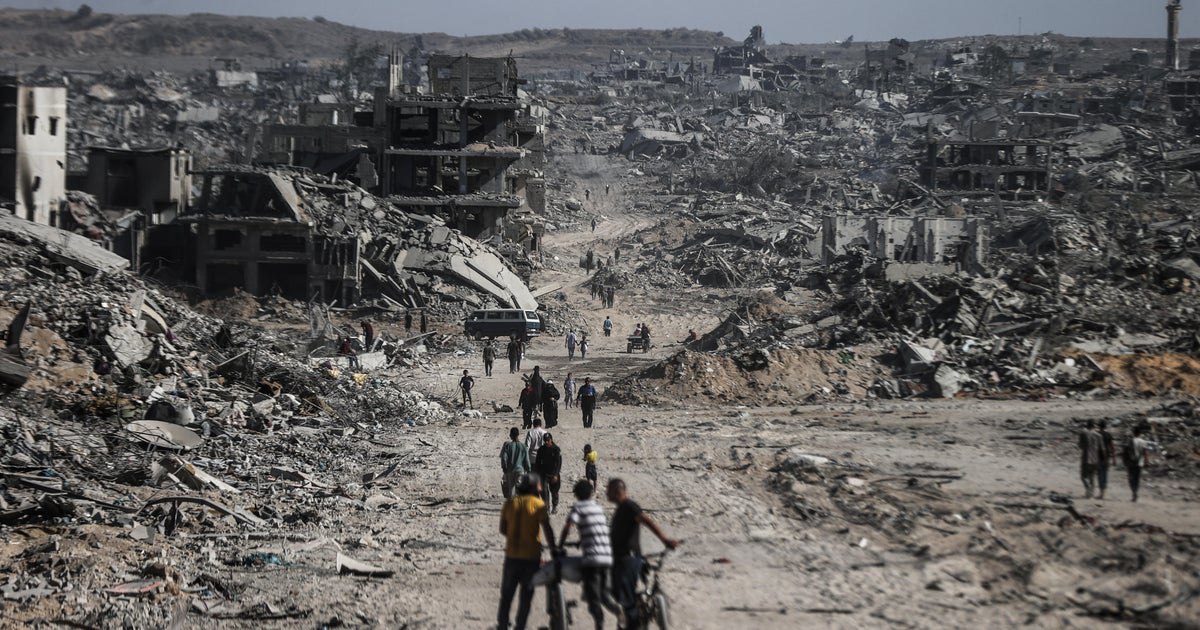
Gaza Ceasefire Takes Effect as 72-Hour Hostage Release Countdown Begins

A fragile ceasefire between Israel and Hamas officially took effect today, marking the start of a 72-hour countdown for the release of remaining Israeli hostages under a deal hailed as a major diplomatic breakthrough in the Middle East conflict.
The agreement — facilitated with the involvement of the Trump administration and praised by former U.S. Secretaries of State Hillary Clinton and Condoleezza Rice — is aimed at halting months of bloodshed, stabilizing Gaza, and enabling urgent humanitarian aid deliveries to civilians trapped in dire conditions.
Under the terms of the deal, Hamas is expected to release dozens of Israeli captives in exchange for Palestinian detainees and increased humanitarian corridors through Egypt and Israel. Israeli military operations have paused across key regions of Gaza, allowing aid convoys to enter neighborhoods that had been heavily bombarded during the conflict.
However, the path to lasting peace remains uncertain. Hamas has rejected calls for disarmament, a key condition outlined in the ceasefire framework. Israeli officials, while welcoming the truce, have emphasized that the deal is conditional on Hamas’ compliance and could be revoked if hostilities resume.
Scenes emerging from Gaza show Palestinian families returning to shattered homes, many reduced to rubble after weeks of intense airstrikes. Humanitarian agencies are warning of acute shortages of food, medical supplies, and clean water despite the temporary truce.
Political analysts say the coming days will be critical. “The next 72 hours could determine whether this ceasefire becomes a stepping stone toward sustained peace or just another pause before renewed violence,” said one Middle East expert in Jerusalem.
For now, both sides — and the world — are watching closely as the countdown begins, hopeful that this fragile agreement can hold long enough to ease suffering and open a new chapter in the decades-long Israeli-Palestinian conflict.


